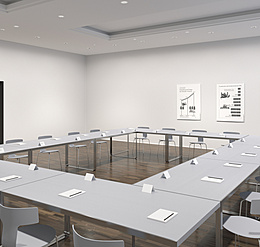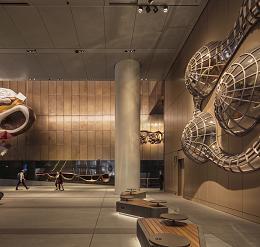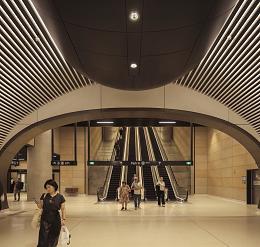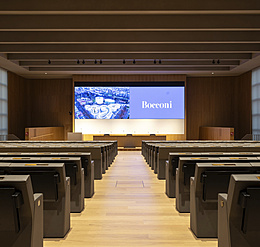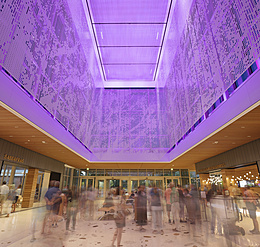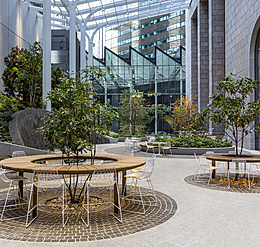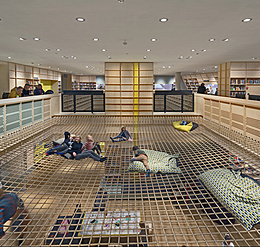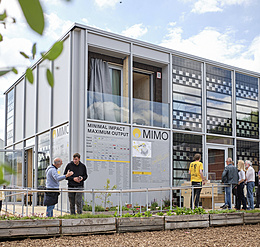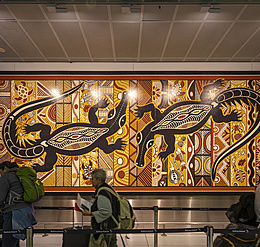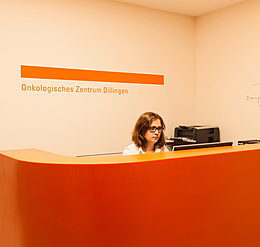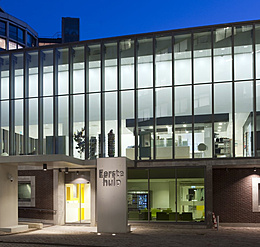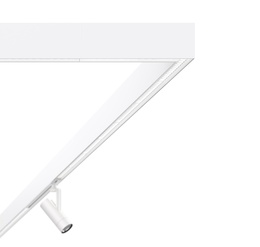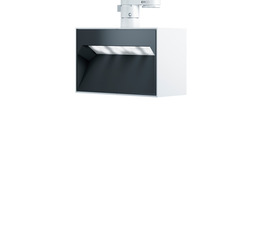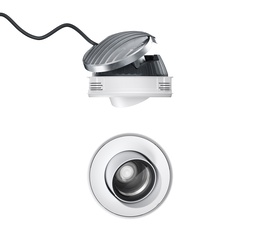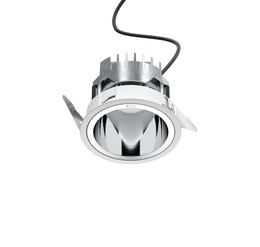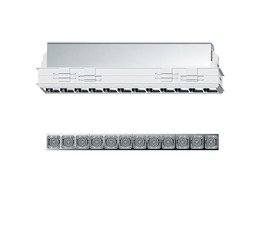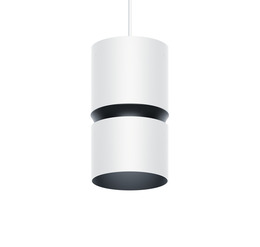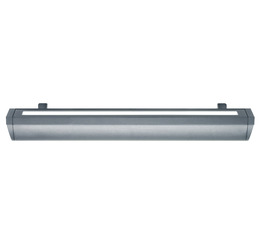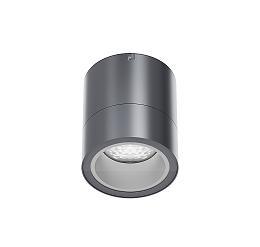What binds our society together, allows it to function and makes it worth living? Not least the communal buildings in which people as visitors, citizens or politicians move, gather and exchange information. Buildings for public administration, educational facilities, theater, congress centers, railway stations and airports: their architecture, equipment and condition reflect the needs and reality of a society. Creating new features or maintaining existing structures provides both opportunities and responsibilities for planners and designers. Care and quality in all planning aspects are decisive. Light assumes much more than just functional tasks – it also determines the character and representative symbolic force of public buildings.






